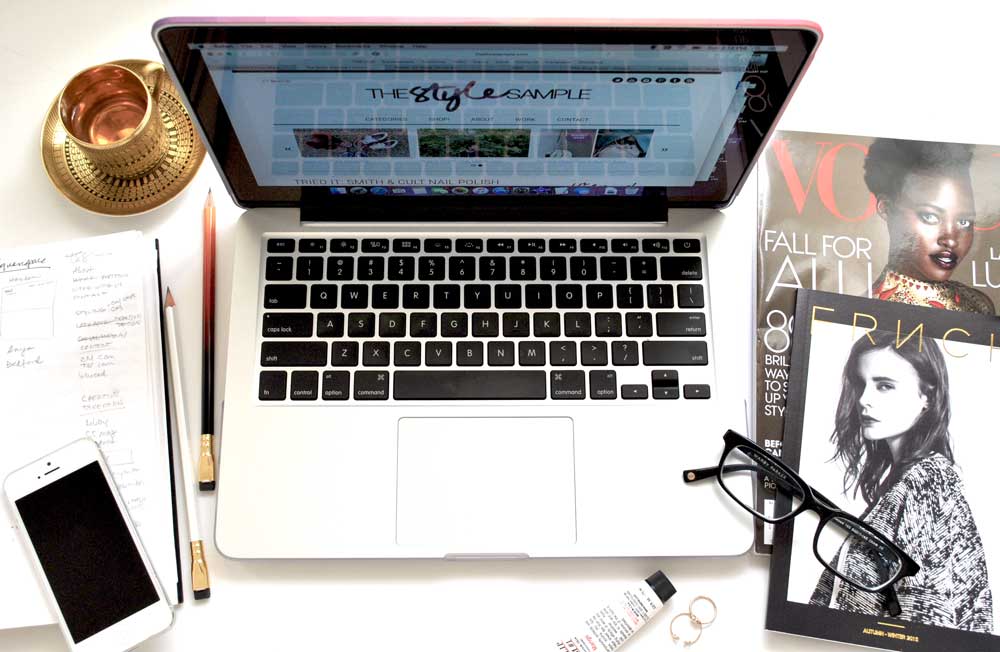How To // Planning for Magazine Editorial Coverage

A few weeks ago, I was in a shop pulling wardrobe for a series of photo shoots, and the store owner asked me: “Is this for December?”
I was floored. “Oh no, that’s been finished. This is for January.” It took me a second to realize that shopping in mid-November totally made sense for holiday from a retail standpoint. But magazines require a longer lead time than web or newspapers, so getting exposure in a glossy print publication requires thinking ahead. WAY ahead. Here are a few tips for planning for editorial coverage:
1. Find out how often the magazine is published
Quarterly magazines will have a longer lead time than monthlies, obviously, but most publications work 2-4 months ahead. This means December is the time to pitch a March event, June is the time to pitch your fall collection for September, and so on.
2. Look for their editorial calendar
Most magazines will post their publication schedule online, along with a list of features or the cover story for each issue–this is often part of a media kit or on the Advertising page on their website. Established magazines usually have 2-3 “standing” topics each year; for instance, Vogue always does a “Shape” issue in April, Cincinnati Magazine always does “Best Restaurants” in March. Figure out where your business fits into the schedule and plan accordingly.
3. Plan YOUR calendar
It’s important to understand how customers–and by extension, publications– relate to your business. This is why Fitness gets the most coverage in January (New Year’s resolutions) and June (beach body time), but fashion businesses get a boost in March/April (Spring style) and September (Fall fashion). The December holiday shopping season benefits industries across the board, so by the time August rolls around your products and photography for holiday should be ready to go. Knowing when your story is most relevant is key!
4. Make contact!
Read the magazine to get a sense of the type of content they focus on, and contact the editor of the section that covers your type of product or business. Send an email introduction and press release that includes the who, what, when, where, and why of your story, as well as a link to 2-3 good photos that represent your product or service. Again, make sure you know what the magazine covers: I work for a city publication, so I’m looking for people and products that are significant locally, whereas a national magazine will cater to broader topics.
In the past few weeks, I’ve received pitches for Valentine’s Day, St. Patrick’s Day, even Earth Day–which is in April–so if you’re counting on media coverage in the first half of the year, start planning now! And if you have specific questions, as always, feel free to ask…




Kelly
December 15, 2015 at 9:52 pmGreat and informative post! It’s so very true that magazines operate on a completely different timetable than newspapers and blogs. Having a lot of lead time is important. Research, research research! <3
xoxo – Kelly
http://www.dreaminlace.com